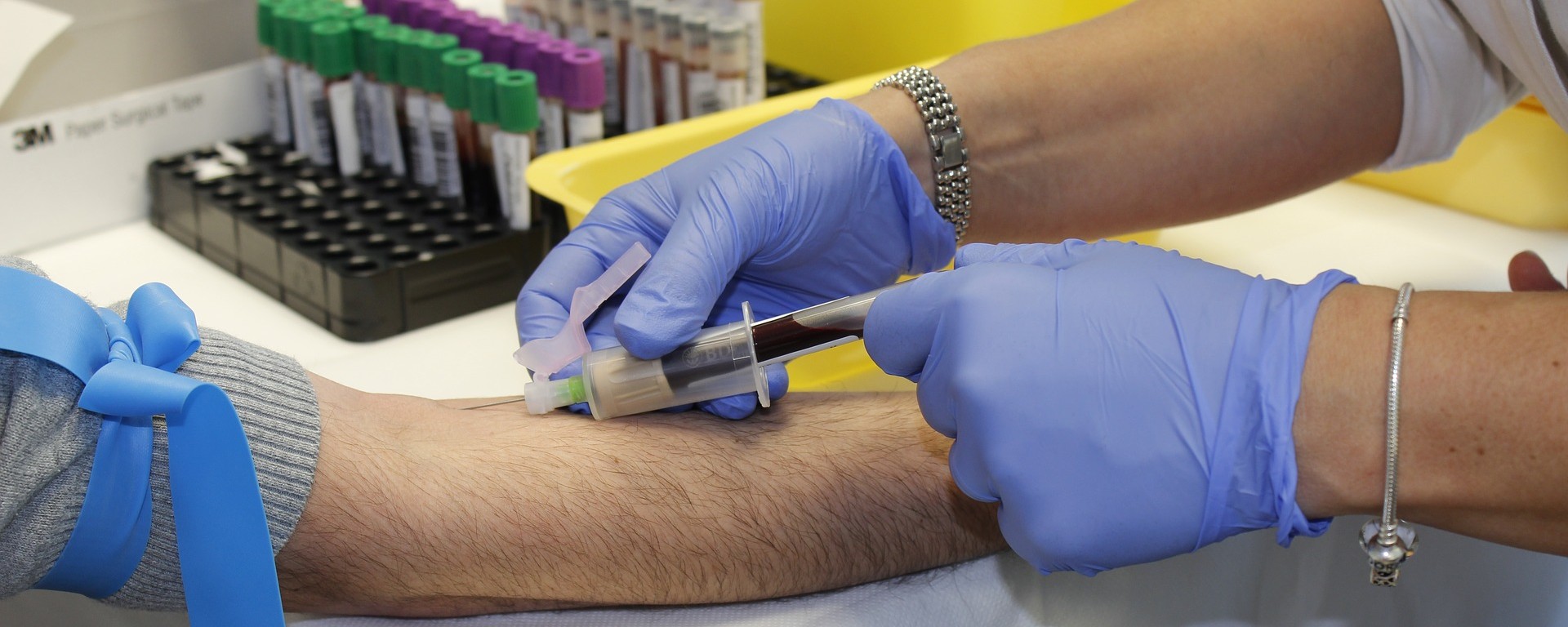6 Easy Facts About Northeast Medical Institute - New Haven Campus Phlebotomy Course & Cna Class Explained
6 Easy Facts About Northeast Medical Institute - New Haven Campus Phlebotomy Course & Cna Class Explained
Blog Article
The Only Guide for Northeast Medical Institute - New Haven Campus Phlebotomy Course & Cna Class
Table of ContentsThings about Northeast Medical Institute - New Haven Campus Phlebotomy Course & Cna Class4 Easy Facts About Northeast Medical Institute - New Haven Campus Phlebotomy Course & Cna Class ExplainedSome Ideas on Northeast Medical Institute - New Haven Campus Phlebotomy Course & Cna Class You Need To KnowNortheast Medical Institute - New Haven Campus Phlebotomy Course & Cna Class - QuestionsThe Buzz on Northeast Medical Institute - New Haven Campus Phlebotomy Course & Cna ClassTop Guidelines Of Northeast Medical Institute - New Haven Campus Phlebotomy Course & Cna Class
The usage of such gadgets must be accompanied by various other infection avoidance and control techniques, and training in their use.For setups with reduced sources, expense is a driving consider procurement of safety-engineered gadgets - Phlebotomy Classes. Where safety-engineered gadgets are not available, skilled use of a needle and syringe is appropriate. Accidental direct exposure and specific details regarding an incident should be taped in a register. Assistance services ought to be promoted for those who undertake unexpected direct exposure.
labelling); transportation problems; analysis of results for clinical administration. In an outpatient department or center, provide a specialized phlebotomy work area containing: a tidy surface with 2 chairs (one for the phlebotomist and the various other for the individual); a hand clean container with soap, running water and paper towels; alcohol hand rub. In the blood-sampling room for an outpatient division or center, supply a comfy reclining couch with an arm rest.
Northeast Medical Institute - New Haven Campus Phlebotomy Course & Cna Class - Truths
Make certain that the signs for blood tasting are plainly specified, either in a created procedure or in recorded directions (e.g. in a laboratory form). Whatsoever times, comply with the approaches for infection prevention and control provided in Table 2.2. Infection prevention and control techniques. Accumulate all the tools needed for the treatment and location it within safe and very easy reach on a tray or trolley, making sure that all the things are clearly visible.
Where the patient is grown-up and conscious, adhere to the steps laid out listed below. Present yourself to the patient, and ask the patient to mention their full name. Examine that the research laboratory form matches the individual's identification (i.e. match the person's information with the research laboratory form, to ensure exact recognition). Ask whether the patent has allergic reactions, fears or has ever before passed out throughout previous shots or blood draws.
Make the individual comfortable in a supine position (if possible). The patient has a right to decline a test at any kind of time before the blood tasting, so it is crucial to make sure that the patient has comprehended the treatment - PCT Classes.
Northeast Medical Institute - New Haven Campus Phlebotomy Course & Cna Class Fundamentals Explained
Extend the person's arm and inspect the antecubital fossa or lower arm. Locate a vein of an excellent size that is noticeable, straight and clear.
DO NOT put the needle where capillaries are drawing away, because this raises the opportunity of a haematoma. Situating the capillary will certainly aid in identifying the proper dimension of needle.
Haemolysis, contamination and visibility of intravenous liquid and medicine can all alter the outcomes (39. Nursing team and physicians might access central venous lines for samplings following methods. Specimens from main lines carry a danger of contamination or wrong research laboratory test results. It serves, but not optimal, to attract blood samplings when initial presenting an in-dwelling venous device, before connecting the cannula to the intravenous fluids.
Excitement About Northeast Medical Institute - New Haven Campus Phlebotomy Course & Cna Class
Failing to allow adequate get in touch with time boosts the risk of contamination. DO NOT touch the cleaned site; in particular, DO NOT put a finger over the capillary to assist the shaft of the revealed needle.
Ask the patient to develop a hand so the blood vessels are extra noticeable. Get in the blood vessel promptly at a 30 level angle or less, and remain to introduce the needle along the vein at the simplest angle of access - Phlebotomy Courses. Once sufficient blood has been collected, launch the tourniquet BEFORE taking out the needle
The Ultimate Guide To Northeast Medical Institute - New Haven Campus Phlebotomy Course & Cna Class
Withdraw the needle gently and use mild stress to the website with a tidy gauze or completely dry cotton-wool ball. Ask the patient to hold the gauze or cotton wool in place, with the arm prolonged and raised. Ask the individual NOT to bend the arm, since doing so causes a haematoma.

All about Northeast Medical Institute - New Haven Campus Phlebotomy Course & Cna Class
Do not press the syringe plunger because extra stress boosts the threat of haemolysis. Where feasible, maintain the tubes in a shelf and relocate the shelf in the direction of you. Infuse downwards into the proper coloured stopper. DO NOT eliminate the stopper since it will certainly release the vacuum cleaner. If the sample tube does not have a rubber stopper, infuse extremely gradually into the tube as reducing the pressure and velocity utilized to move the specimen lowers the danger of haemolysis.

Report this page